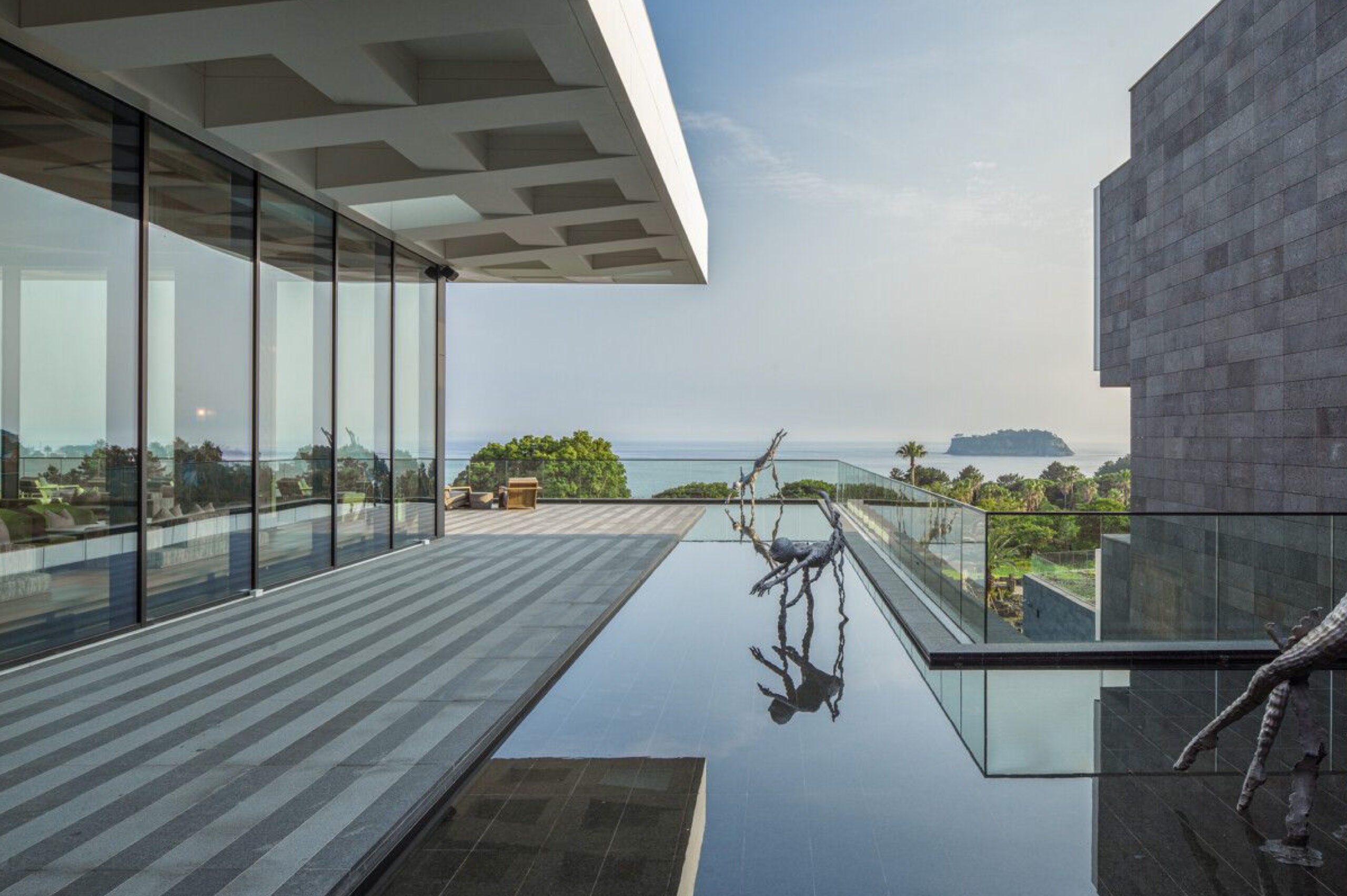In the heart of Jeju Island, where volcanic cliffs meet the East China Sea, WATG’s design for the JW Marriott Jeju redefines hospitality through a powerful marriage of minimalist design and a profound connection to nature.
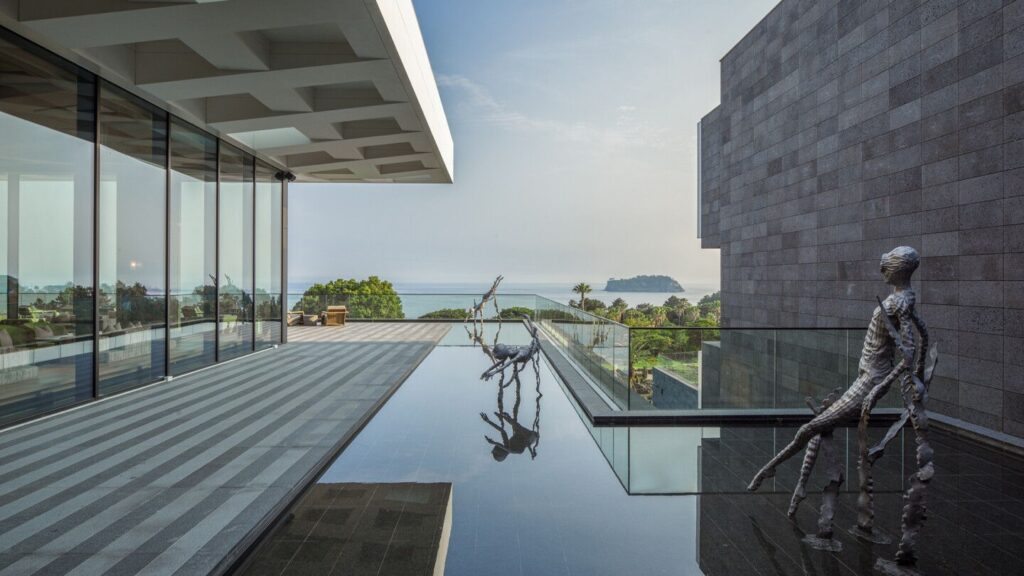
This isn’t just a luxury retreat; it’s an immersive experience that seamlessly blends contemporary elegance with the island’s unique spirit.
Guided by the philosophy of “living with the land and designing with the land,” WATG crafted a haven that resonates with Jeju’s rich natural legacy.
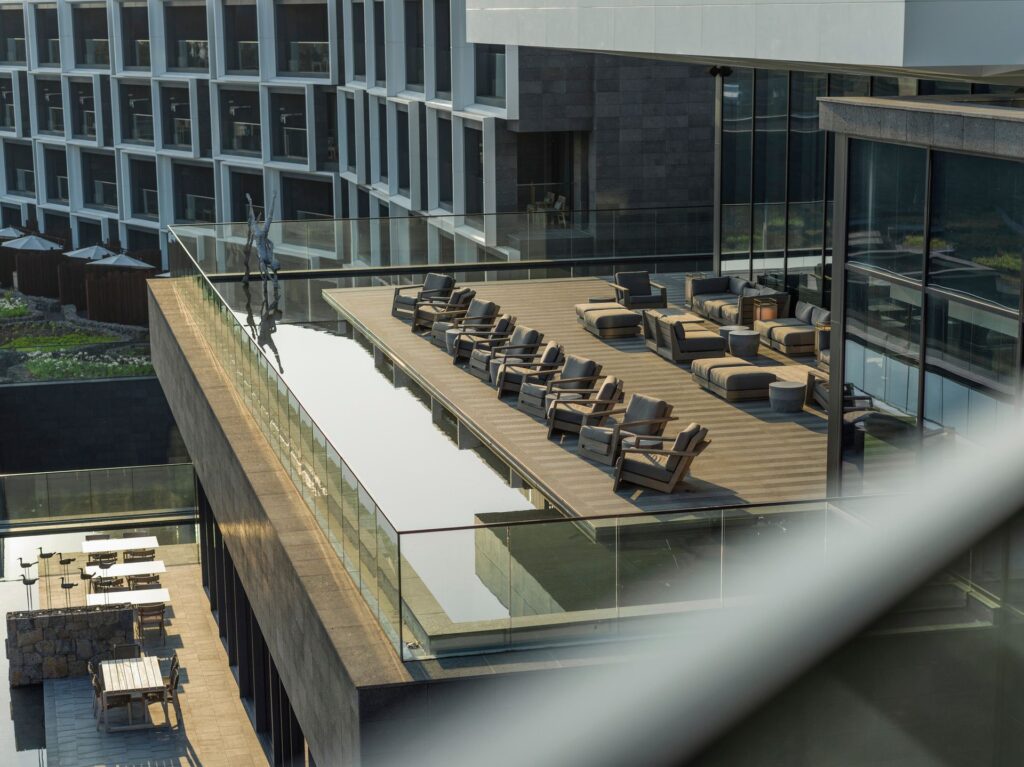
The design draws inspiration from the rugged coastline, lava rocks, native grasses, and sands, translating these elements into a minimalist aesthetic permeating every resort aspect. Rough-hewn textures find new life in polished surfaces, creating a harmonious dialogue between man-made and natural elements.
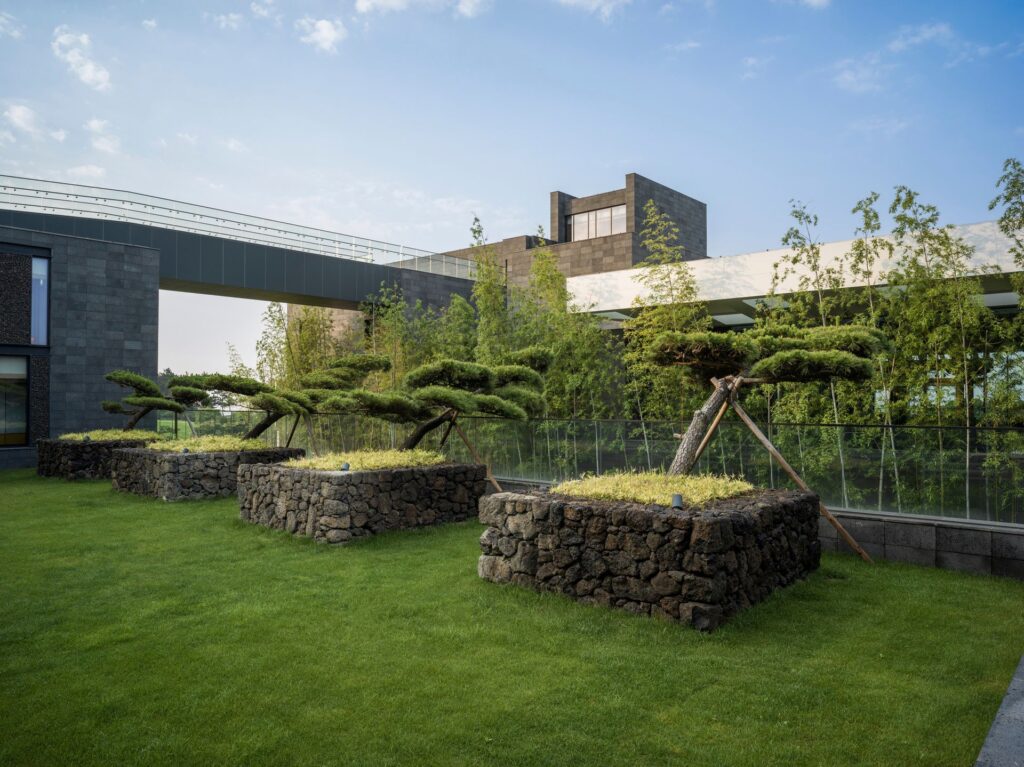
Perhaps his most famous principle, “Less is more,” summarizes Mies’ approach to design: stripping away the unnecessary to reveal the essential. His buildings are characterized by clean lines, open floor plans, and an absence of ornamentation. This philosophy encourages architects to prioritize spatial clarity and material integrity, resulting in modern and enduring structures.
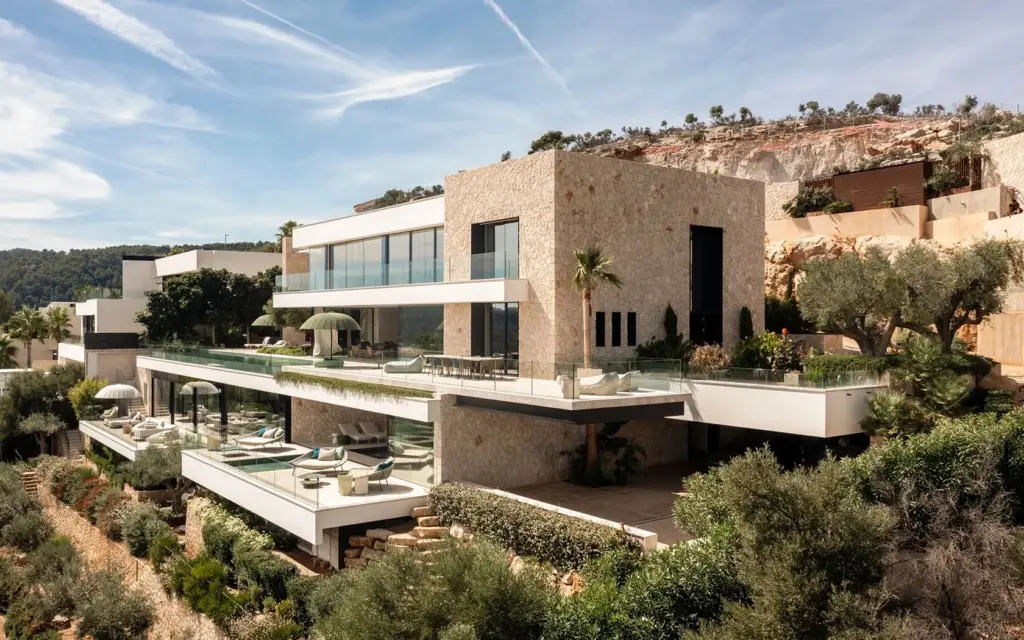
This commitment to minimalism extends to the windows, where OTIIMA PLUS plays a starring role. This innovative system reimagines the classic minimal frame, offering exceptional performance and seamless aesthetics. With its ultra-thin 20mm profile, OTIIMA PLUS allows for expansive glass surfaces, blurring the lines between the interior and the breathtaking Jeju landscape.
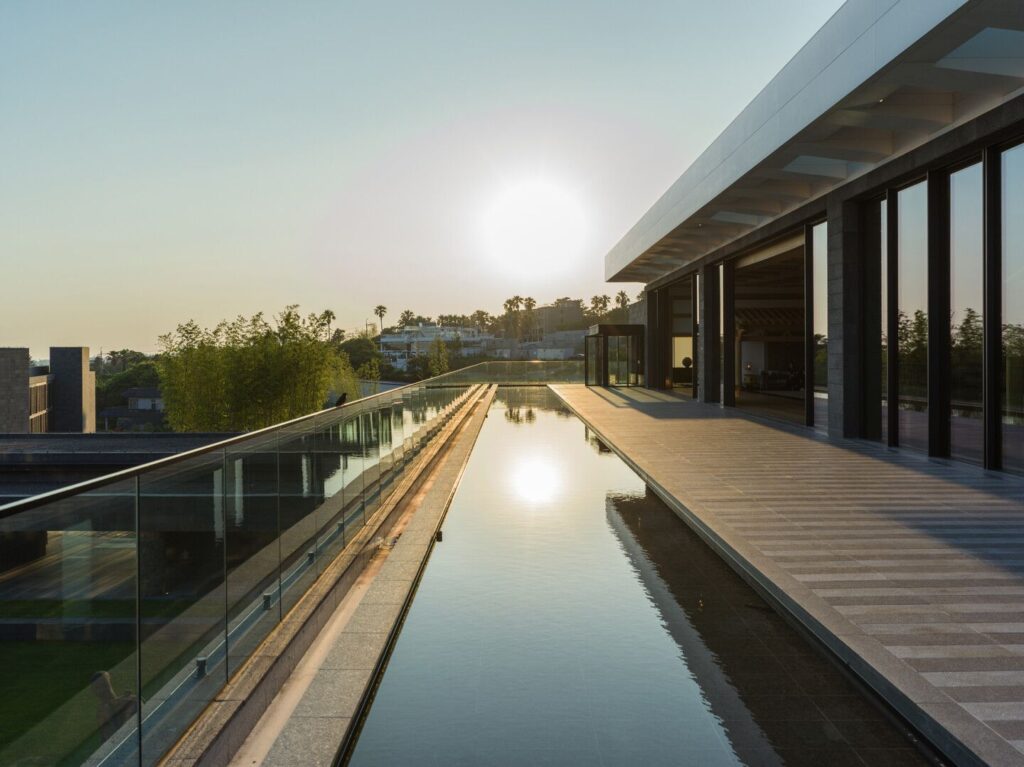
Performance is paramount in this design. OTIIMA PLUS delivers superior water tightness, air permeability, wind-load resistance, and thermal insulation, ensuring guests enjoy uncompromised comfort regardless of the elements. Thanks to its unique stainless-steel bearing system, the system’s smooth, effortless operation further elevates the experience. Beyond aesthetics and performance, OTIIMA PLUS contributes to JW Marriott Jeju’s commitment to sustainability.
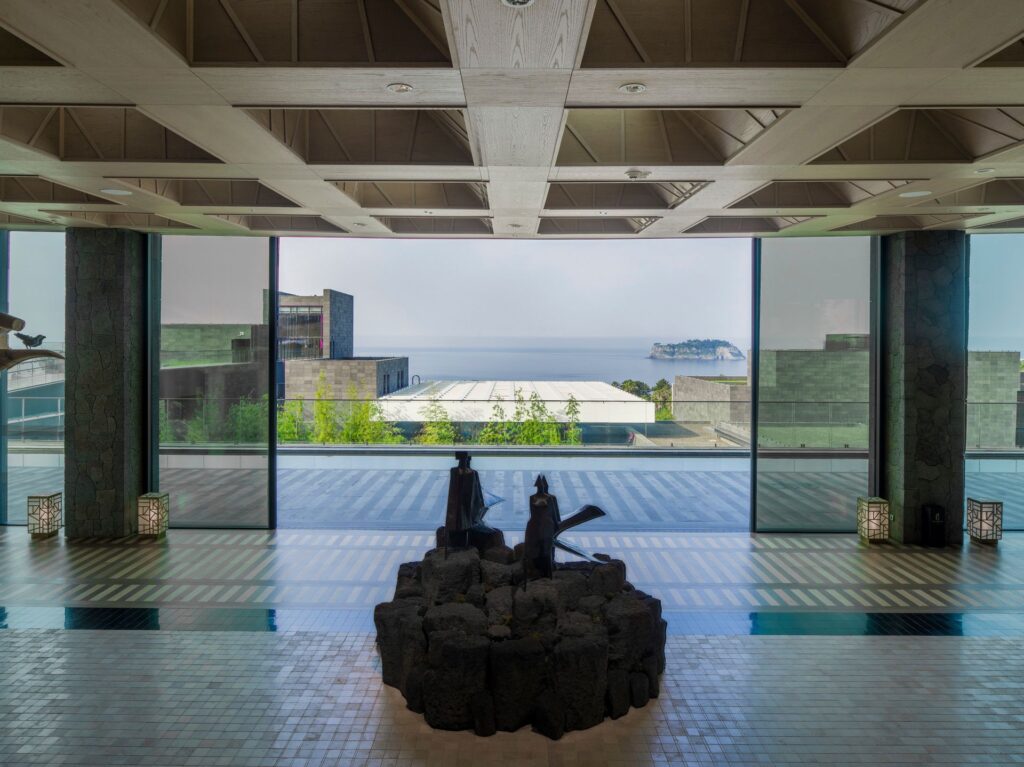
Ultimately, JW Marriott Jeju is a testament to minimalist design’s power to connect us with nature. OTIIMA PLUS, playing its crucial role, ensures that this connection is visual, sensorial, and emotional, leaving guests with an unforgettable experience that transcends luxury.
